Newfoundland Global Warming:
Climate Change and The Fishing Industry Impact
Share This Post:

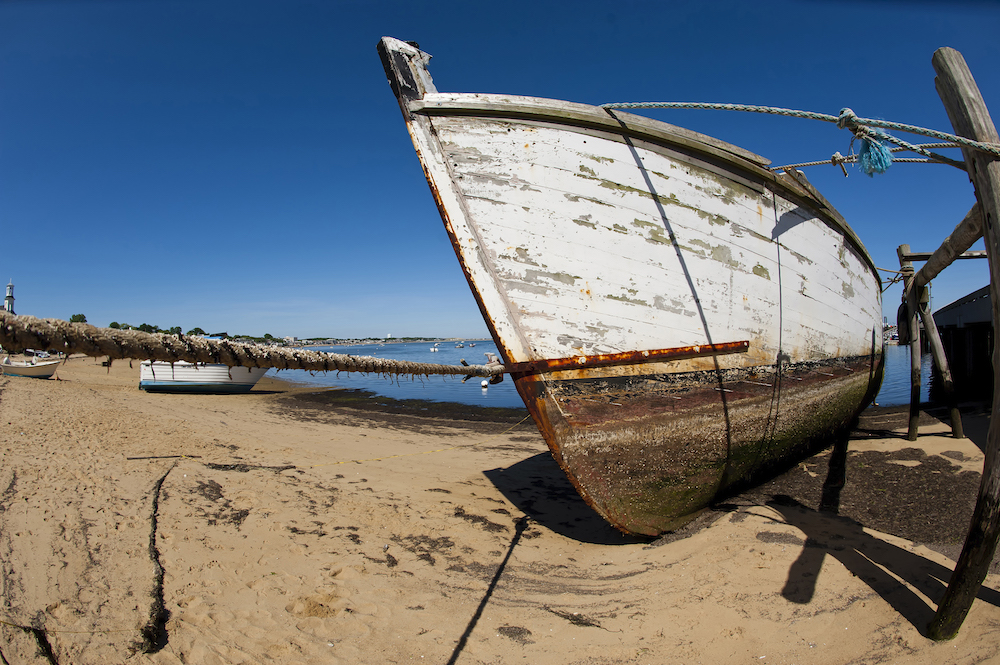
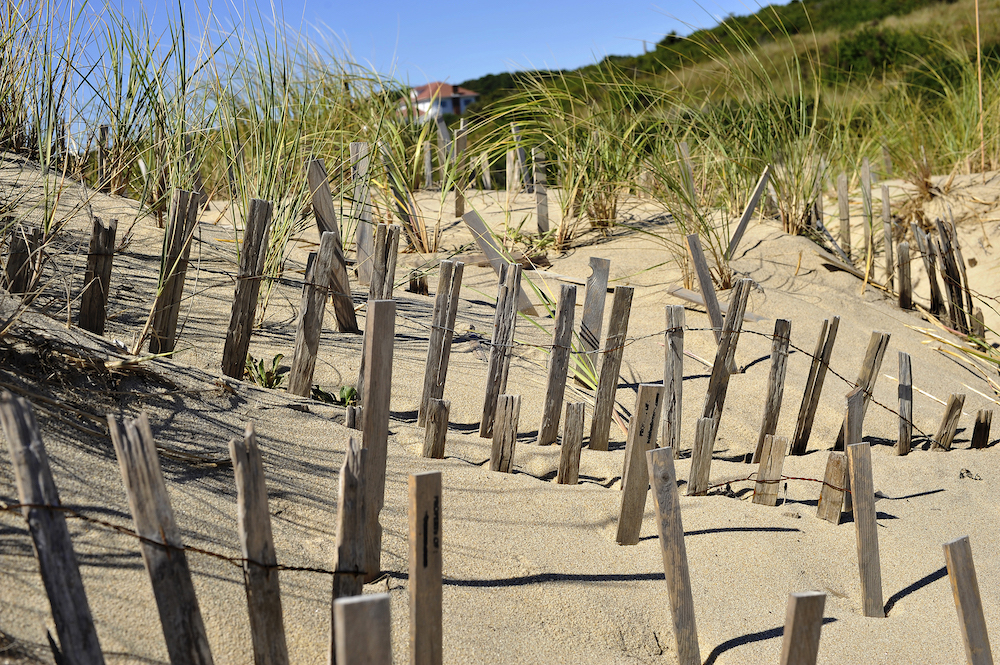
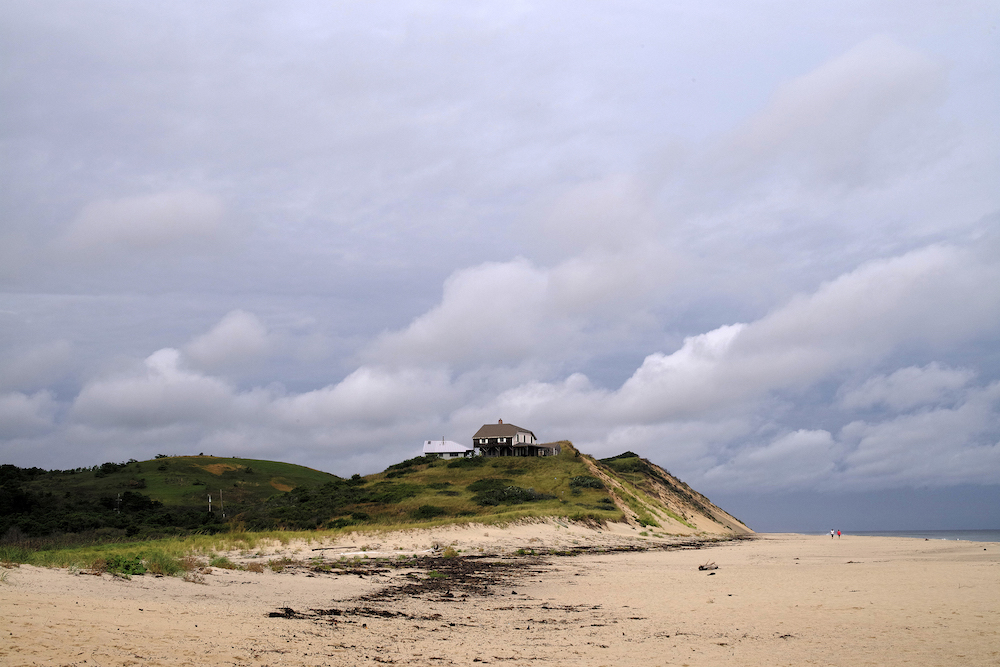
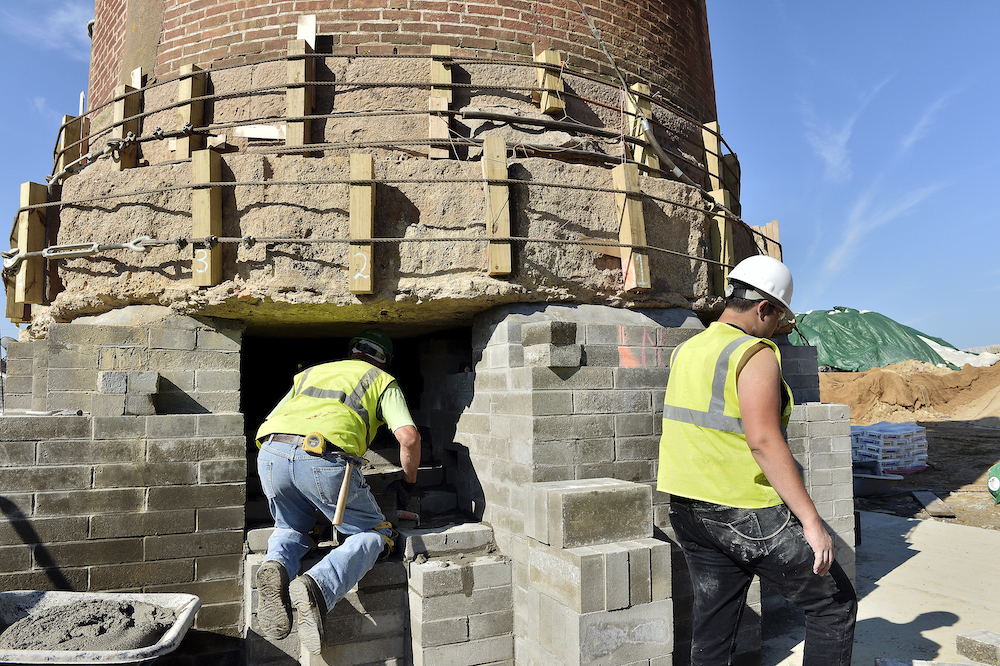
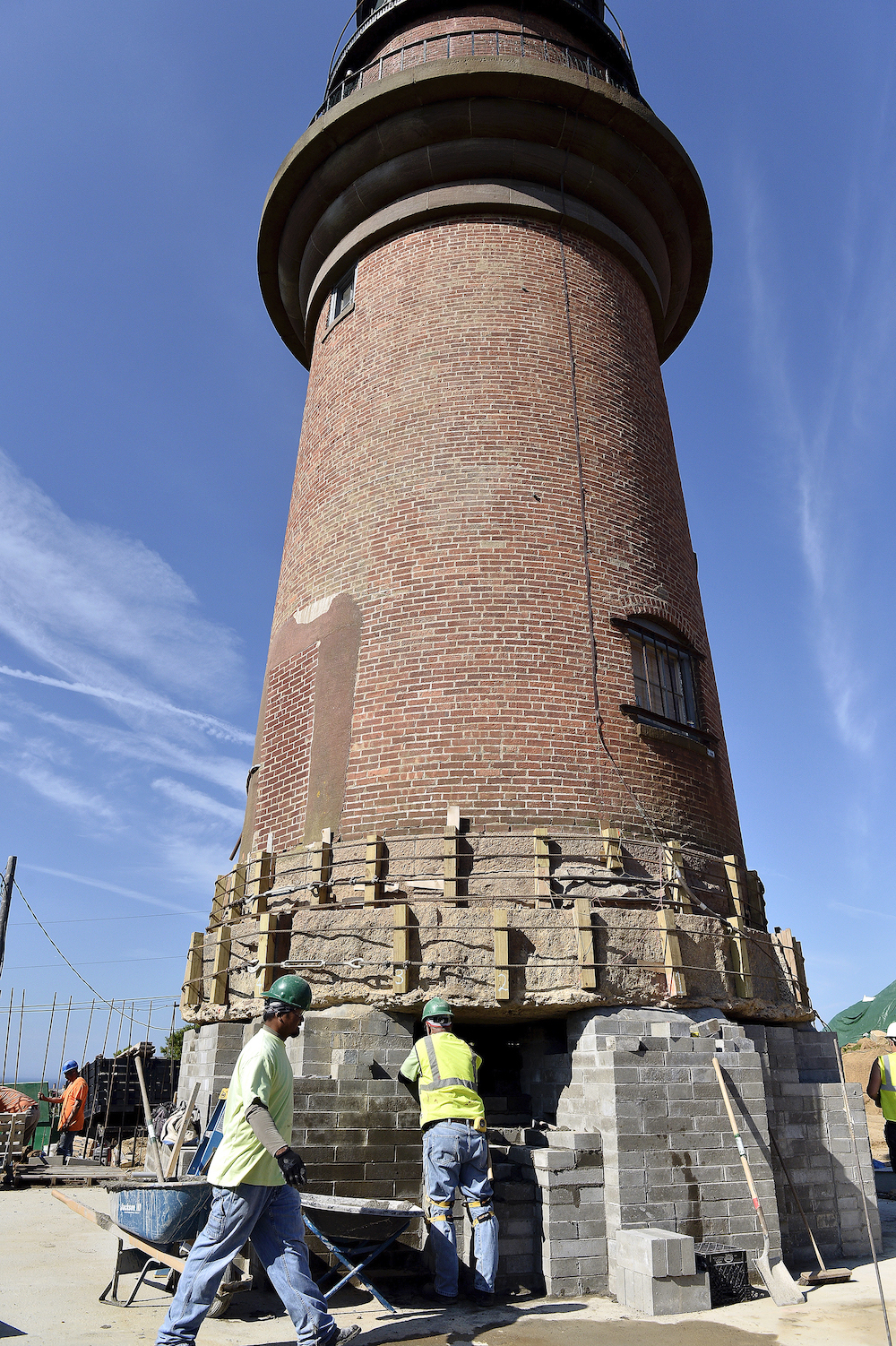
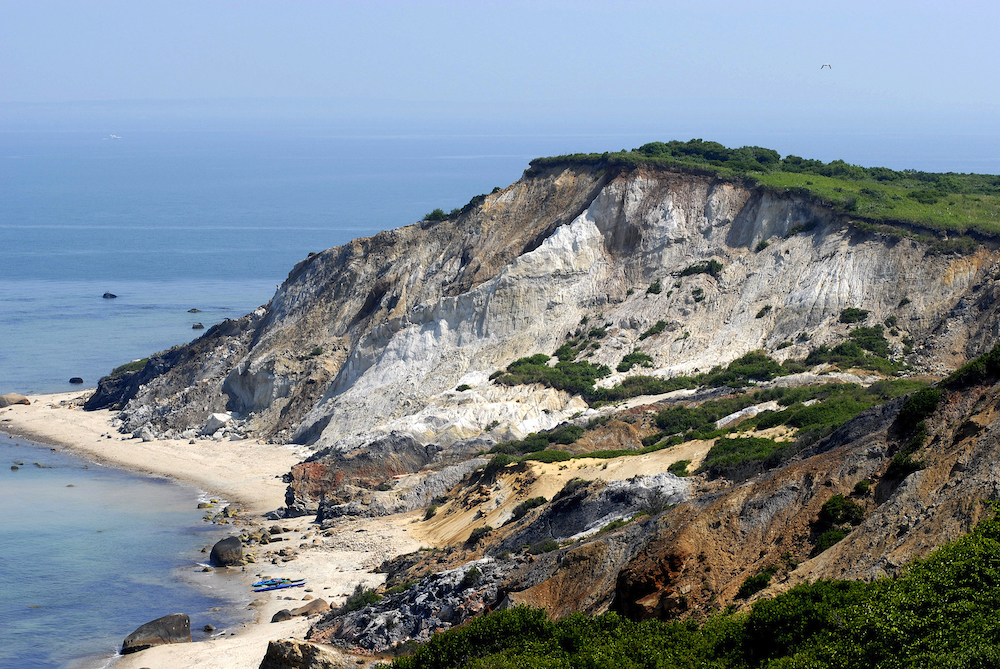
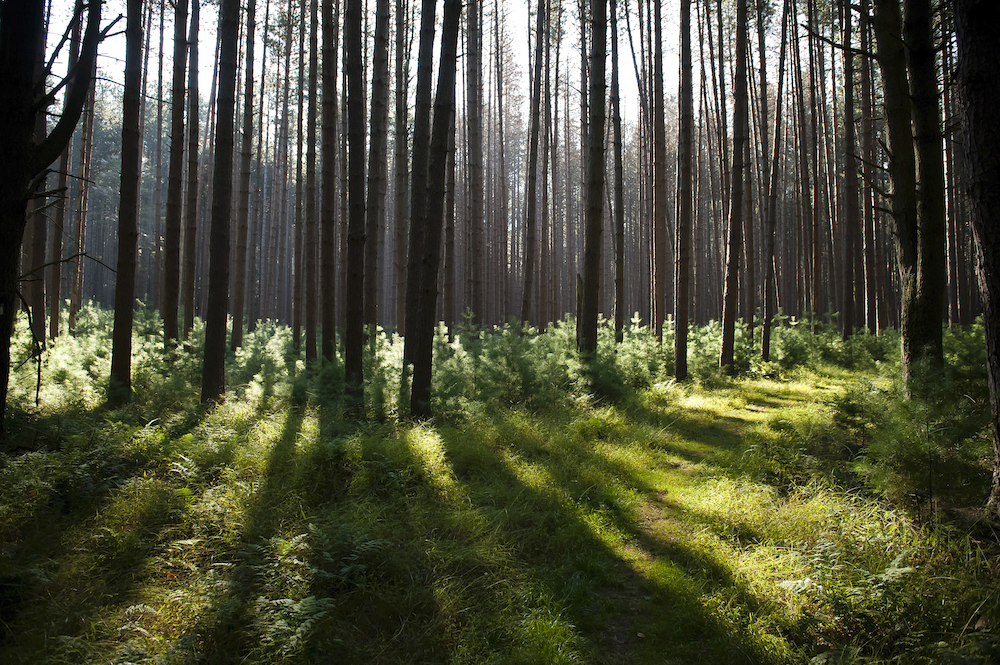
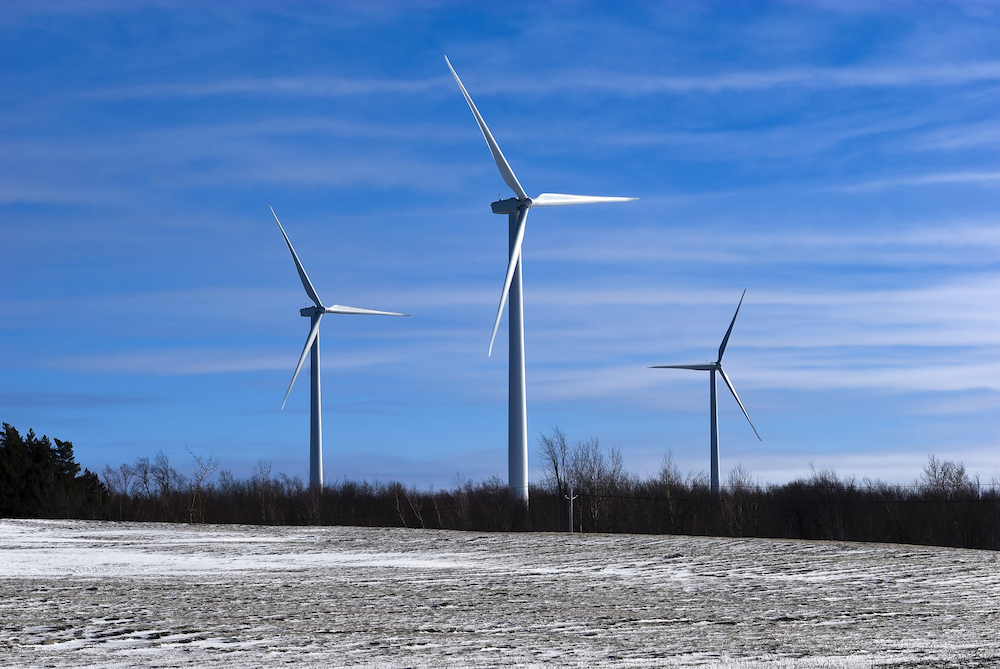
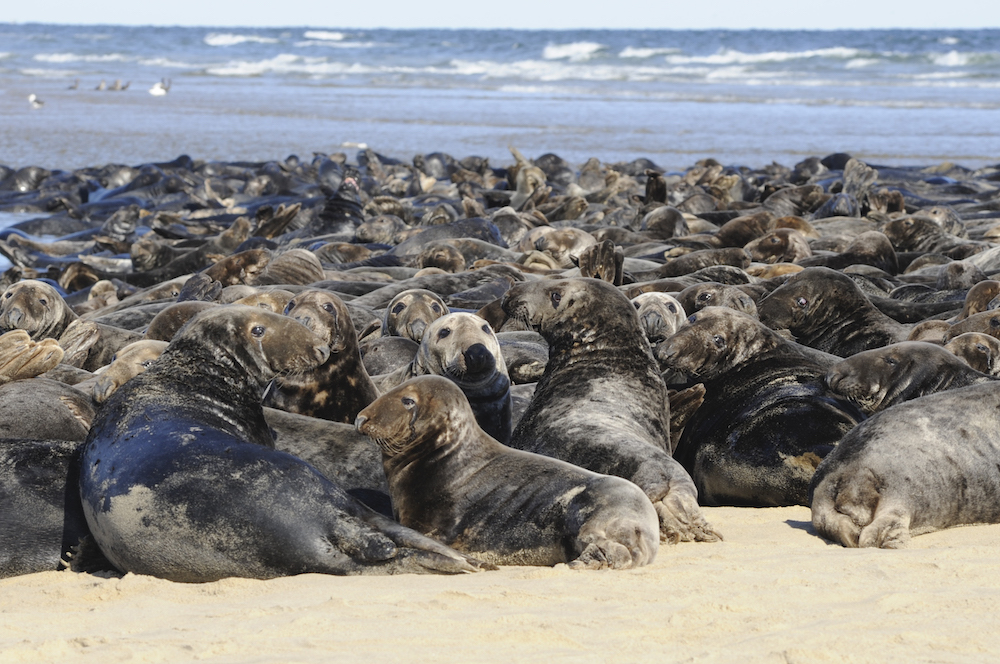
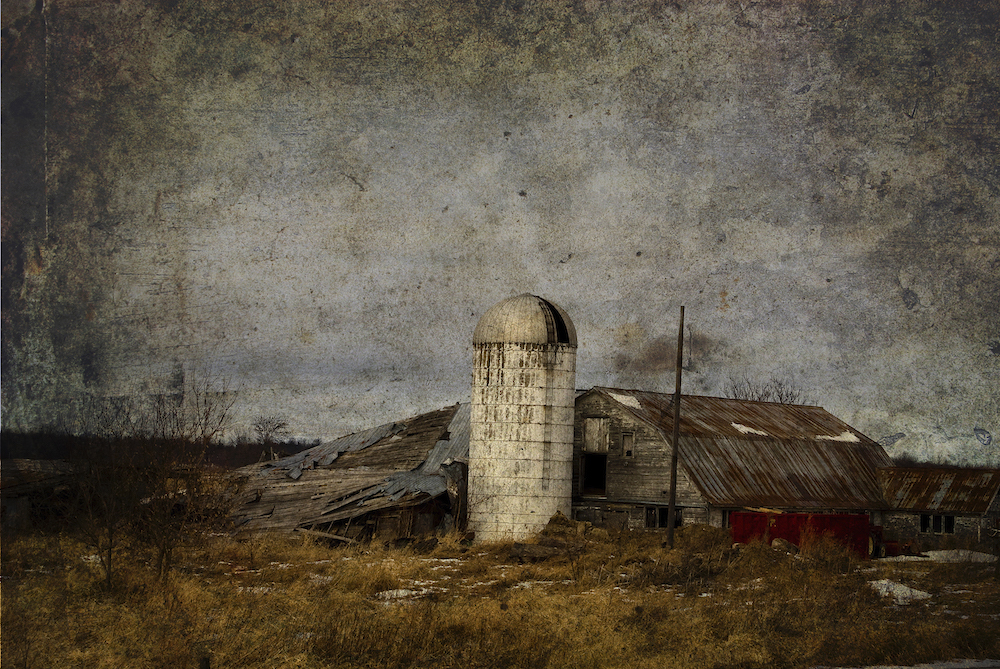

About Newfoundland Global Warming: Climate Change and The Fishing Industry Impact
During the mid 1500s, salted, preserved cod caught in the North Atlantic accounted for more than half of all the fish eaten in Europe as Portugal, Spain, France and Britain put enormous pressure on cod stocks. That need to feed a burgeoning world population and its demands for protein increased over the centuries. By the 20th century the United States, Iceland, Finland, Norway, Japan and many others plied the waters until the stocks were very nearly completely collapsed. Forced to breed younger because they were so heavily fished, mature cod, which were once of gigantic proportions, were becoming naturally genetically modified, growing smaller in size, thereby forcing larger catches. Sonar, factory freezer trawlers and bigger nets hastened the near demise of the North Atlantic cod. The harvest peaked in 1968 at 810,000 tons, but by the mid 1970’s dropped by 82%. One of the world’s most desired proteins was on the verge of collapse when Canada extended its foreign fishing exclusion zone to 200 nautical miles, much to the world’s dismay.
Canada’s Department of Fisheries and Oceans, as it turns out, overestimated the size of its fish stocks and in 1992, on the verge of complete collapse, Canada placed a moratorium on all cod fishing. The economic impact was devastating as 30,000 people in Newfoundland lost their jobs. Cod had been worth $700m to the Canadian economy, the largest exporter of seafood to the world.
Entire fishing villages were decommissioned and emptied of its inhabitants. Fishermen were given jobs catching cod with single hook hand lines, tagging and returning them to the icy Atlantic waters. And although various studies claim the biomass and resulting cod stocks are today returning, Newfoundland will never be the same. Generations old fishing families no longer fish, make their famed handmade wooden fishing boats, string nets, or otherwise earn their living on the water.
In a massive, 442-page climate change report and action plan created in 2019, Trudeau’s government stated the rate of change in Northern Canada is more than double the international average, and the then-administration in the US was unwilling to become a partner in any effort to effect change or even slow the progression.
Sea levels are rising from greater iceberg flows in the northwest of region Newfoundland and Labrador, from iceberg alley in the spring of every year. Warming waters, effect the growth of algae and alter maturation rates of sea life and generally increase pressure on local waters.
Botany, animal wildlife, various fish anomalies, rates of change, visual clues, icebergs, communities, artisan trades, shifting shore lines, water temperatures and more are all key indicators.
